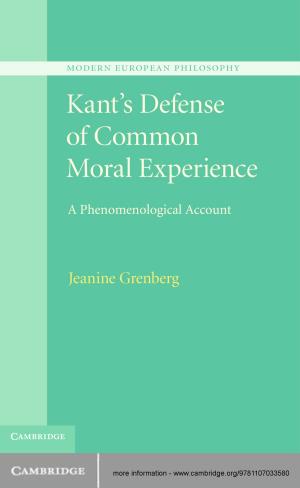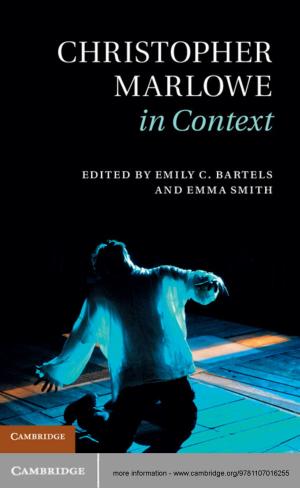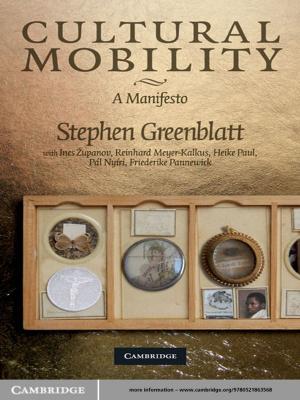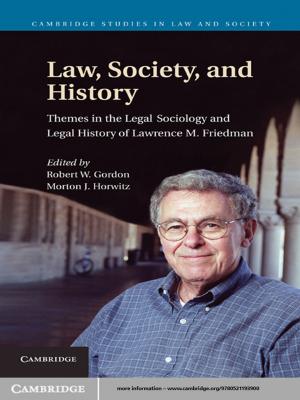Consciousness and Perceptual Experience
An Ecological and Phenomenological Approach
Nonfiction, Health & Well Being, Psychology, Cognitive Psychology, Religion & Spirituality, Philosophy| Author: | Thomas Natsoulas | ISBN: | 9781107272323 |
| Publisher: | Cambridge University Press | Publication: | July 25, 2013 |
| Imprint: | Cambridge University Press | Language: | English |
| Author: | Thomas Natsoulas |
| ISBN: | 9781107272323 |
| Publisher: | Cambridge University Press |
| Publication: | July 25, 2013 |
| Imprint: | Cambridge University Press |
| Language: | English |
This book describes and proposes an unusual integrative approach to human perception that qualifies as both an ecological and a phenomenological approach at the same time. Thomas Natsoulas shows us how our consciousness - in three of six senses of the word that the book identifies - is involved in our activity of perceiving the one and only world that exists, which includes oneself as a proper part of it, and that all of us share together with the rest of life on earth. He makes the case that our stream of consciousness - in the original Jamesian sense minus his mental/physical dualism - provides us with firsthand contact with the world, as opposed to our having such contact instead with theorist-posited items such as inner mental representations, internal pictures, or sense-image models, pure figments and virtual objects, none of which can have effects on our sensory receptors.
This book describes and proposes an unusual integrative approach to human perception that qualifies as both an ecological and a phenomenological approach at the same time. Thomas Natsoulas shows us how our consciousness - in three of six senses of the word that the book identifies - is involved in our activity of perceiving the one and only world that exists, which includes oneself as a proper part of it, and that all of us share together with the rest of life on earth. He makes the case that our stream of consciousness - in the original Jamesian sense minus his mental/physical dualism - provides us with firsthand contact with the world, as opposed to our having such contact instead with theorist-posited items such as inner mental representations, internal pictures, or sense-image models, pure figments and virtual objects, none of which can have effects on our sensory receptors.















